- The biological needs of all plants on our planet are met by 4 basic elements: light, water, air, and the nutrients in the soil. There are 3 main types of fertilisers available: mineral, organic, and organic-mineral. This post will help you choose the best fertiliser for your marijuana plants so your crop is a real success.
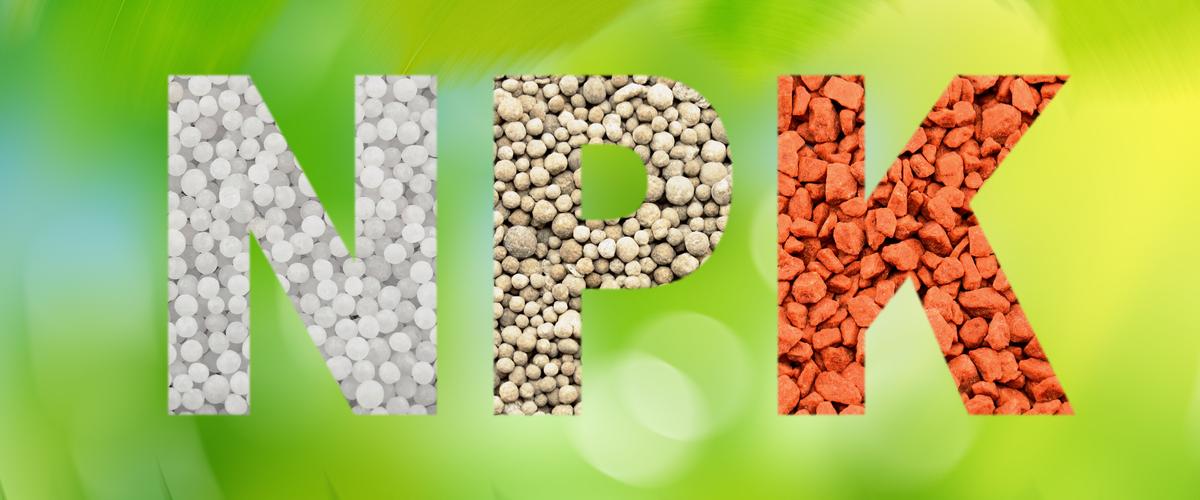
What is a fertiliser?
A fertiliser can be a solid or a liquid made up of a substance or a mix of substances with natural or chemical origin. Fertilisers feed plants in their different growth stages (vegetative and flowering). Fertilisers and soil-enriching products belong to the same category; fertilisers provide nutrients to the plants, whereas soil improvers feed the soil and improve its quality and balance.
What's the role of mineral salts and trace elements in plant fertilisation?
1) The main mineral salts used in cannabis cultivation are: nitrogen, phosphorus, potassium, magnesium, calcium, and sulphur.
- Nitrogen (N): it directly contributes to the development of plant material as it is a crucial element during the growth phase. Nitrogen is important for the formation of a sturdy, well-developed plant structure with vigorous foliar mass, which translates into a healthy, powerful plant ready to produce great yields.
- Phosphorus (P): an important element for the formation of roots, flowers and buds.
- Potassium (K): when combined with phosphorus, potassium boosts root development, whereas potassium and nitrogen together enhance the development of green tissue and flowers. Potassium also considerably improves the plants' resistance to fungal diseases and frost.
- Magnesium (Mg): it efficiently contributes to the production of chlorophyll, an essential element for photosynthesis and, consequently, for overall growth.
- Calcium (Ca): it helps adjust the soil's pH and contributes to good root growth.
- Sulphur (S): it actively promotes the growth of different plant organs.
2) Essential trace elements include: iron, zinc, manganese, boron and molybdenum.
- Iron (Fe): it directly stimulates chlorophyll production and helps fix the green colour in the leaves.
- Zinc (Zn): it contributes to the production of the hormones responsible for the development of strong buds.
- Manganese (Mn): it has an essential role in cell multiplication and facilitates nitrate assimilation.
- Boron (B): it promotes water retention, which is necessary for the cells.
- Molybdenum (Mo): it also favours nitrate assimilation.
Types of fertilisers for cannabis plants
What is a mineral fertiliser?
Mineral fertilisers generally consist of elements of mineral origin that are mostly obtained by exploiting natural deposits. The majority of mineral fertilisers are produced chemically and contain the primary nutrients (NPK), i.e. nitrogen (N), phosphorus (P) and potassium (K).
The formula varies from manufacturer to manufacturer, so different fertilisers may contain varying concentrations of nitrogen, phosphorus and potassium. Therefore, each fertiliser meets the plants' nutritional needs in a different way.
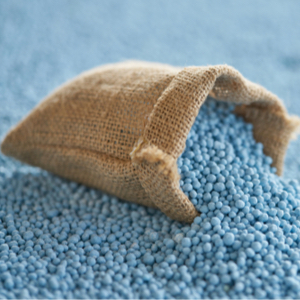
Mineral fertilisers are often concentrated, and their elements are chelated, which means they can be directly assimilated by the plants, offering them immediate benefits. They work faster since they are designed to respond to an 'urgent' need in marijuana cultivation. In contrast, organic fertilisers interact with the soil, so the reaction is much slower.
Mineral fertilisers could be described as a "ready-to-use" formula. They are probably one of the easiest to use, but you need to make sure you use them sparingly. If you don't want to end up over-fertilising your plants, you'd better follow each manufacturer's instruction scales to the letter. As in many other cases, observation is key, since it enables you to anticipate and avoid shortage or excess of nutrients. It is necessary to find the adequate combination between the different nutrients to provide the right balance for your plants.
Examples of mineral fertilisers are B'Cuzz Soil Nutrition A and B'Cuzz Soil Nutrition B by Atami, or Terra Vega and Terra Flores by Canna.
What is an organic fertiliser?
Organic fertilisers consist of organic waste of animal or vegetable origin, or sometimes both. Those of vegetable origin often derive from green waste composting (including grass, algae, fruit, vegetables, all types of plants, etc). You can also make compost tea, which is hugely effective and enables the activation or re-activation of certain biological mechanisms in the soil. Vegetable solutions obtained through a maceration process of plants like nettle or comfrey tea are excellent organic fertilisers as well.
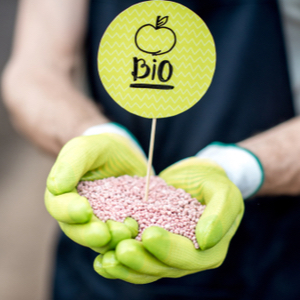
There are also some fertilisers known as 'green manure', i.e. plants grown and cropped on the growing area, then left to decompose or buried in the soil. Once they are decomposed, they provide minerals from deep soil layers that oxygenate the soil and regulate nutrient excess. There are two types of green manure: on the one hand, plants with a strong root system, such as rye and phacelia; on the other, leguminous plants like alfalfa and clover, which provide nitrogen taken straight from the air. The common effect of all these 'green fertilisers' is that they provide the necessary elements for the optimum development of your plants and also significantly improve soil life and structure.
Obviously, you should keep in mind that biological components don't act immediately. They first have to go through a process of decomposition for then interacting with the micro-organisms in the soil. Only then will the synergy of these components release a wide range of mineral salts and trace elements that will finally nourish your beloved plants.
Organic waste of animal origin can be based on dried bovine blood, horn meal, worm castings, seabird or bat guano, fish hydrolysate, etc. You can also use different by-products derived from animal farming, as well as different kinds of manure, mostly droppings and leaf litter. We are not referring to direct organic animal material, but plants that have gone through a process of transformation in the digestive tract of different animals (excrement, dung, etc).
Using this kind of organic fertilisers in organic crops will take more time, since you will first need to acquire some knowledge, but once you get through that stage, it is certainly a viable, sustainable solution.
What is an organic-mineral fertiliser?
Organic-mineral fertilisers are simply a mixture of mineral and organic fertilisers.
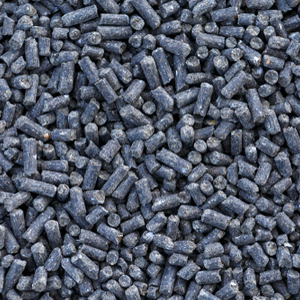
Nitrogenous organic matter usually represents about 25 to 50% of the whole product. The other fertiliser components (simple or mineral salts, which are sources of N-P-K) are diluted in the organic matter.
Growers often notice that some liquid fertilisers containing organic matter lose their stability once they are mixed with mineral fertilisers. This is due to the decomposition of the organic matter, which causes a clogging of sewers and pipes of many automatic irrigation systems.
We therefore recommend using chelated mineral fertilisers to avoid this problem.
Happy growing everybody!



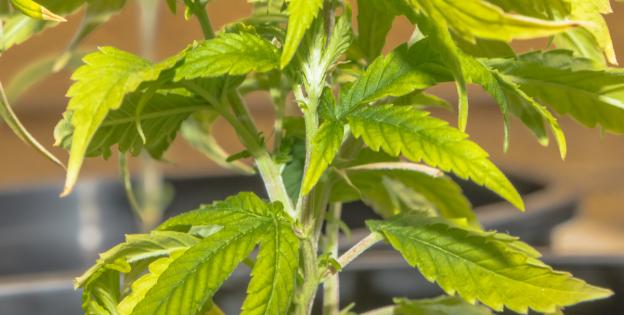
Comments from our readers
There are no comments yet. Would you like to be the first?
Leave a comment!Did you like this post?
Your opinion about our seeds is very important to us and can help other users a lot (your email address won't be made public).